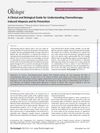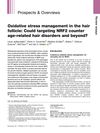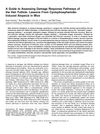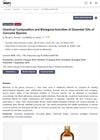An Experimental Study of Morphofunctional Features of Hair Follicles' Early Response in Cyclophosphamide-Induced Alopecia
September 2024
in “
Journal of Anatomy and Histopathology
”
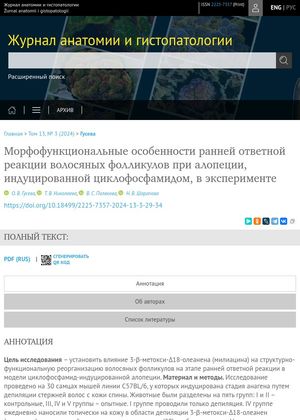
TLDR Miliacin helps damaged hair follicles grow new hair faster.
The study investigated the effects of 3-β-methoxy-Δ18-oleanene (miliacin) on hair follicles in a cyclophosphamide-induced alopecia model using 30 male C57BL/6 mice. The mice were divided into five groups, with the experimental groups receiving topical applications of miliacin or a control solution. Results showed that miliacin accelerated the transition of chemically damaged hair follicles from anagen VI to dystrophic catagen and shortened the telogen phase. This led to the majority of hair follicles in the miliacin-treated group entering a new hair growth cycle, indicating potential benefits for managing chemotherapy-induced alopecia.
